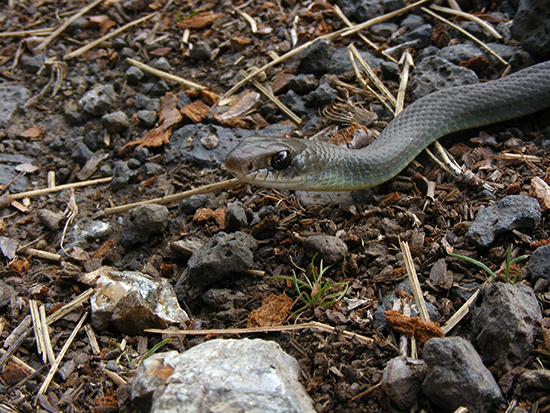BY HARRY WEEKES
Every now and then you come across something that immediately challenges and changes your worldview. I got to see the pure wonder that can be associated with this when my children were little and a local organization brought a traveling petting zoo to one of their events. The woman in charge gathered all the kids in a circle, then reached into a bag and pulled out a small ball of rubbery quills. She handed the ball to the first child and asked him to pass it around, simultaneously prodding the group with questions: “What do you think the quills are for?” “What do you think this organism eats?” “What do you think this organism is?”
When the ball made it around the circle, the woman then instructed the last child to gently place it on the ground in front of her. Almost immediately, the ball transformed into the full hedgehog that it was, which began poking around the inside of the circle, scampering on its tiny little legs. I happened to be looking at one of my daughter’s faces when this unfurling happened and witnessed what it looks like when someone thinks that an organism is a static ball of spines and then discovers that it is actually more like a baby porcupine gerbil. Pure astonishment.
While it wasn’t quite the same look of astonishment that came over my face when I saw “World War Z” for the first time, I was similarly snapped from one worldview—that Zombies move slowly—to another—that Zombies move fast. Fast Zombies? This quite literally changed my entire understanding and appreciation of Zombie biology.
And so it was that I found myself cleaning up my yard earlier this summer and came across a snake. Before this snake, my “snakes in my yard or driveway worldview” was binary—the snake was either a garter snake or a rubber boa (oh, I’ve come across bull snakes and rattlesnakes, but never at my house). This binary worldview had been reinforced in early June when I caught my yearly rubber boa on my way to graduation and just missed catching my annual garter snake on the way home.
Since worldviews have a strong psychological framework, I naturally placed the snake in my yard into it, with the first thought after “snake” something like “it is a really light-colored garter snake.” Since I catch garter snakes, my next move was just that—a move toward the snake. At this point, my worldview changed.
This lithe little snake shot across the lawn, with the forward portion of its body cruising above the grass, and noticeably dark eyes glistening in the sun. Instead of retreating into a nook or under a rock, the snake fled as long as I pursued it, which turned out not to be that long, since it skated across the grass and through the brush much faster than my hunched run.
So it was that I had my first up-close and personal encounter with a Western yellow-bellied racer, something like five decades after I started living here. This wasn’t some aberration snake brought on by a mysterious pathogen (like those fast Zombies). Nope, this snake is from here—endemic, as biologists say. Docile, nonvenomous, downright adorable, and this one? Virtually lounging on my lawn.
While this encounter instantly opened my mind not just to the possibility but to the reality of other snakes, there was one part of my worldview that was not challenged, but rather reinforced—the natural world continues to astonish and astound me. And it can do this without even leaving my yard.
Harry Weekes is the founder and head of school at The Sage School in Hailey. This is his 50th year in the Wood River Valley, where he lives with Hilary and one of their three baby adults—Simon. The other members of the flock, Georgia and Penelope, are currently fledging at Davidson College in North Carolina and Middlebury College in Vermont, respectively.

